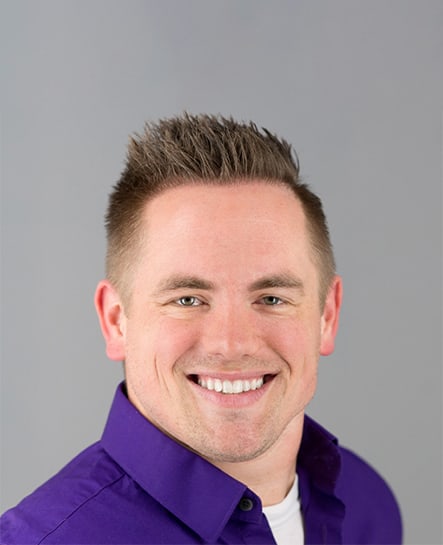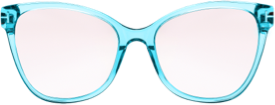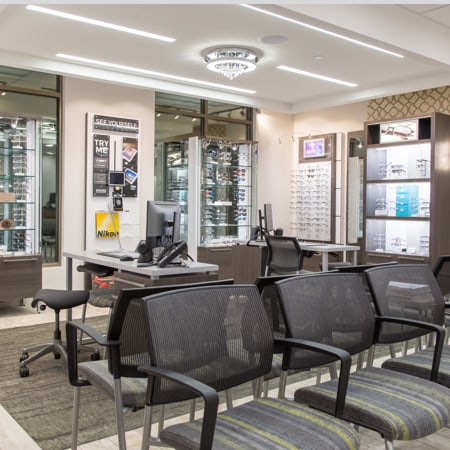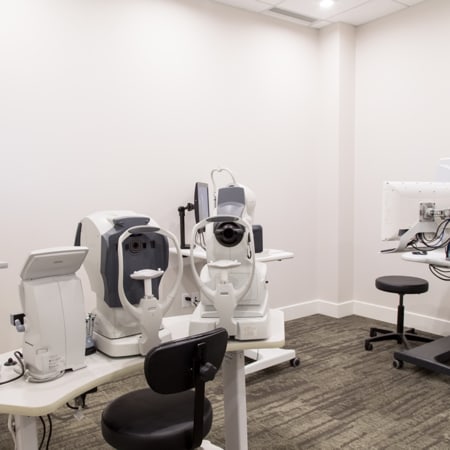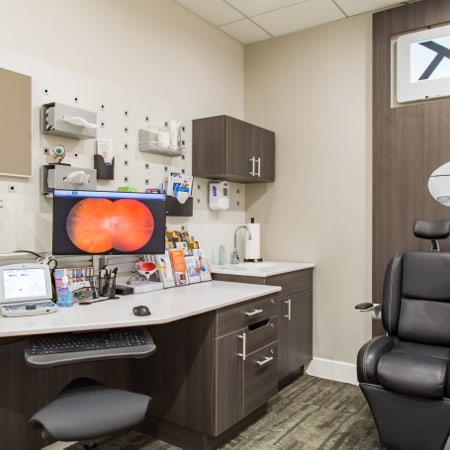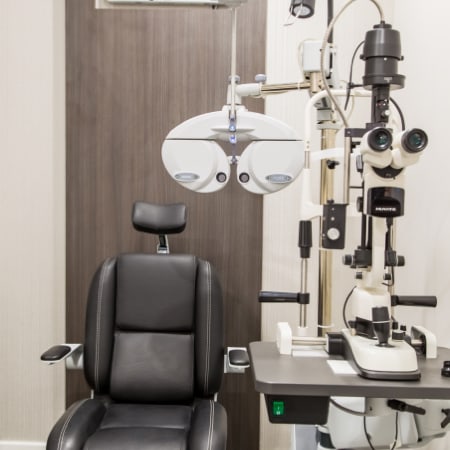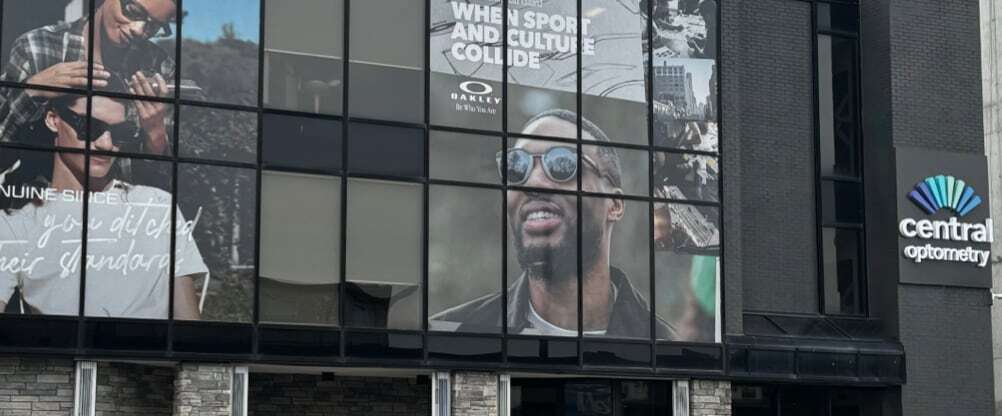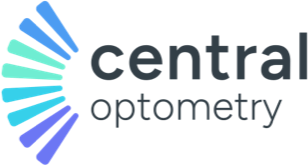Myopia or nearsightedness is on the rise globally, reaching what some experts consider epidemic proportions among children and young adults. Myopia management is not only about corrective lenses, high myopia or severe nearsightedness can lead to numerous vision-threatening conditions.
Starting myopia management as early as possible when a child presents with a myopic refractive error or is at risk for developing myopia can slow down the progression of myopia. Your eye doctor can diagnose myopia with a children’s eye exam and determine when to start myopia management methods.
Myopia & Myopia Prevalence
Myopia is a refractive eye error where distant objects appear blurred, typically due to the eyeball being too long from front to back. Myopia is a chronic, progressive disease with increasing prevalence among the young population. There is no safe level of myopia, which makes addressing the issue as early as possible paramount.
Myopia Risk Factors
Several factors can increase the risk of developing myopia and severe myopia.
Family History
Genetic predisposition plays a significant part in myopia development, as evidenced by the higher probability of children developing myopia when one or both parents are myopic compared to no family history of myopia. Children with high myopic parents are also more likely to have high myopia.
Outdoor Time
Environmental factors, such as decreased time spent outdoors, significantly contribute to the surge in myopia cases. Conversely, spending time outdoors, especially during critical childhood growth periods, can have a positive impact on myopia progression.
Near-Focused Work
Screen time and near-work activities such as reading and using electronic devices are under scrutiny for their potential role in exacerbating myopia progression.
The Need for Myopia Management
Early myopia management aims to control the progression of myopia. By slowing down the rate at which myopia increases, you can reduce the risks associated with high myopia later in life.
Myopia progression and high myopia are significant risk factors for developing eye diseases such as cataracts, glaucoma, retinal detachment, and myopic maculopathy in adulthood that can lead to vision impairment. By controlling myopia early, you can reduce the risk of developing these complications, substantially impacting long-term eye health.
Signs for Myopia Management
Parents often ask, “How do I know it’s time to start myopia management?” Regular eye exams are an accurate way for your eye doctor to diagnose early signs of myopia and recommend starting myopia management.
Since children aren’t aware of what normal vision should be, parents can watch for the following signs and symptoms of vision problems, like myopia:
- Holding books or devices unusually close
- Squinting to see clearly
- Frequent headaches related to eye strain
Any child with established myopia, especially those with a family history of high myopia or related eye diseases, should be considered for myopia management.
When to Start Myopia Management
Myopia management can start as early as possible or even before the onset of a myopic refractive error. These can include an assessment of risk factors and advice for parents about ways to reduce risk, such as more time spent outside and less time on prolonged near vision.
Myopia management strategies at the onset of myopia can depend on the child’s age, stage of myopia, and rate of progression of eye elongation.
Myopia Management Strategies
Myopia management strategies involve correcting the refractive error and using myopia control methods to slow down its progression, such as specialized spectacles, contact lenses, and pharmaceutical agents.
Eyeglass Lenses
ZEISS MyoCare eyeglass lenses have a central zone for vision clarity and a peripheral zone with myopic defocus that allows all light entering the eye to focus in front of the retina (the light-sensitive tissue at the back of the eye), which can help slow or stop the eye from growing longer.
Soft Contact Lenses
ACUVUE Abiliti soft contacts change how light focuses on the retina to signal to the eye to slow growth and reduce myopia progression. These contact lenses are comfortable and your doctor may recommend them before 7 years of age and after 12 years of age depending on the onset of myopia and its rate of progression.
Orthokeratology
Orthokeratology consists of specialized contact lenses to manage mild to moderate myopia. Children can wear these hard contact lenses overnight to temporarily reshape the cornea while enjoying clear vision without wearing lenses during the day.
Atropine Eye Drops
Low-dose atropine eye drops can help control myopia progression in children by suppressing the eye’s growth. Your eye doctor may also recommend combined myopia control methods, such as atropine eye drops and wearing contact lenses or glasses during the day for vision clarity.
The Importance of Regular Exams
Regular eye exams are crucial in the myopia management process. During these exams, your eye doctor can evaluate myopia progression with the current management strategy, make necessary adjustments, and spot any potential issues early on to maintain eye health and monitor myopia control.

Timely Myopia Management
Adopting a proactive approach by starting myopia management early can positively influence the long-term eye health of children and young adults. With each increased diopter of prescription, it increases the child’s risk of myopic maculopathy when they are older by 67%.
Without obvious symptoms of myopia in children, eye exams can check pre-myopia and myopia before it worsens.
If you’re a parent of a young child, book an appointment with Central Optometry to asses their vision and receive treatment based on their age and refractive error.


